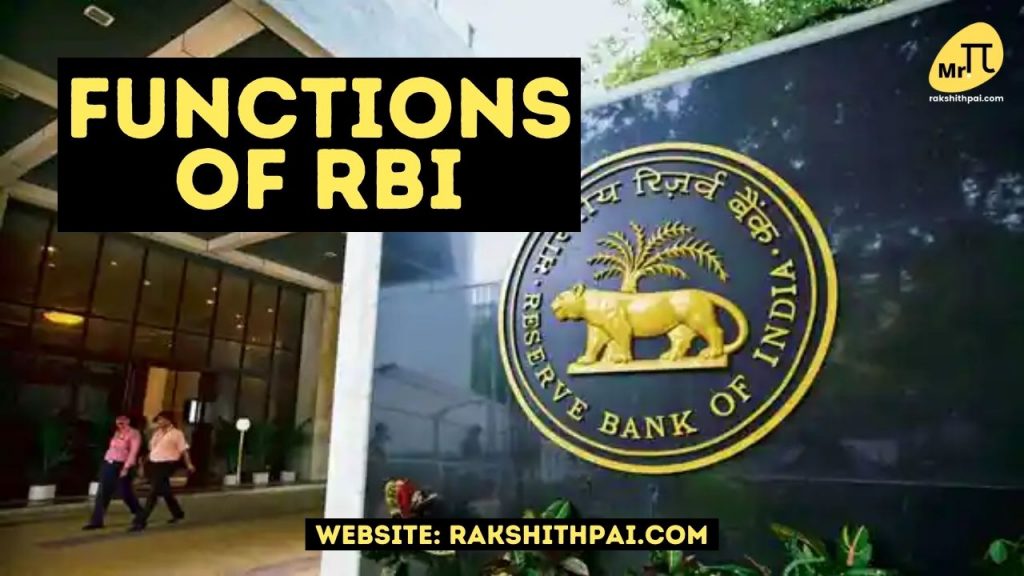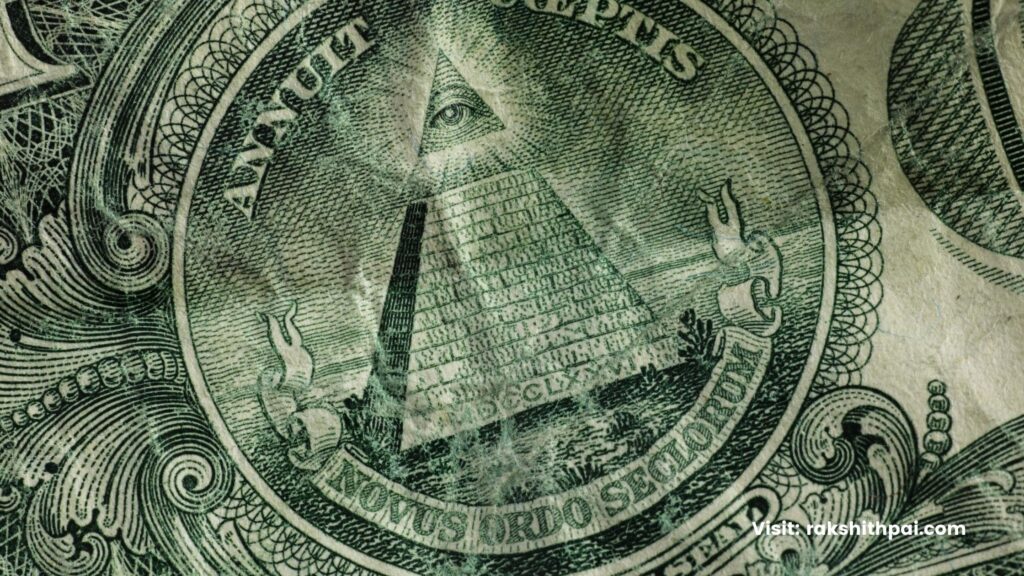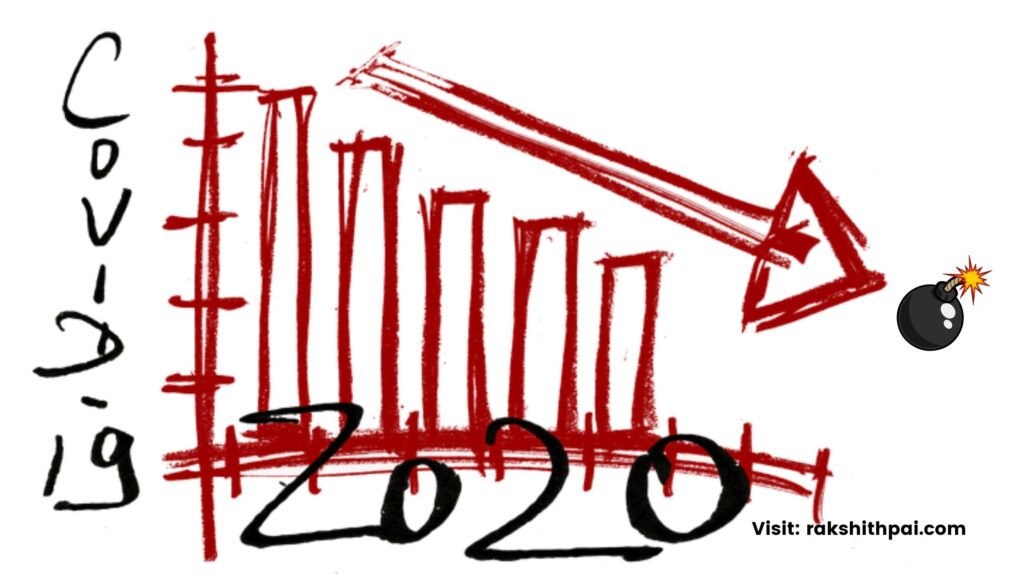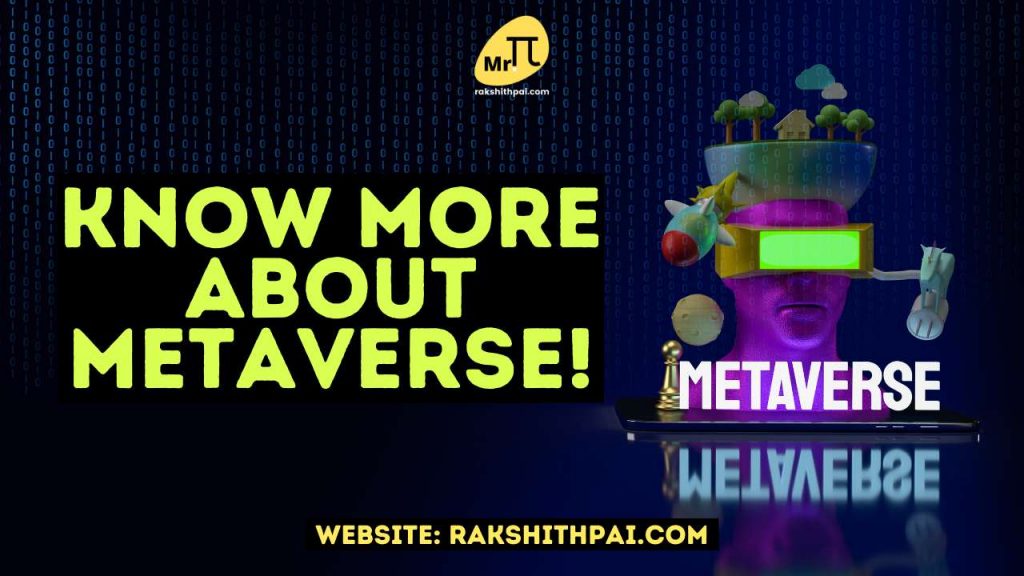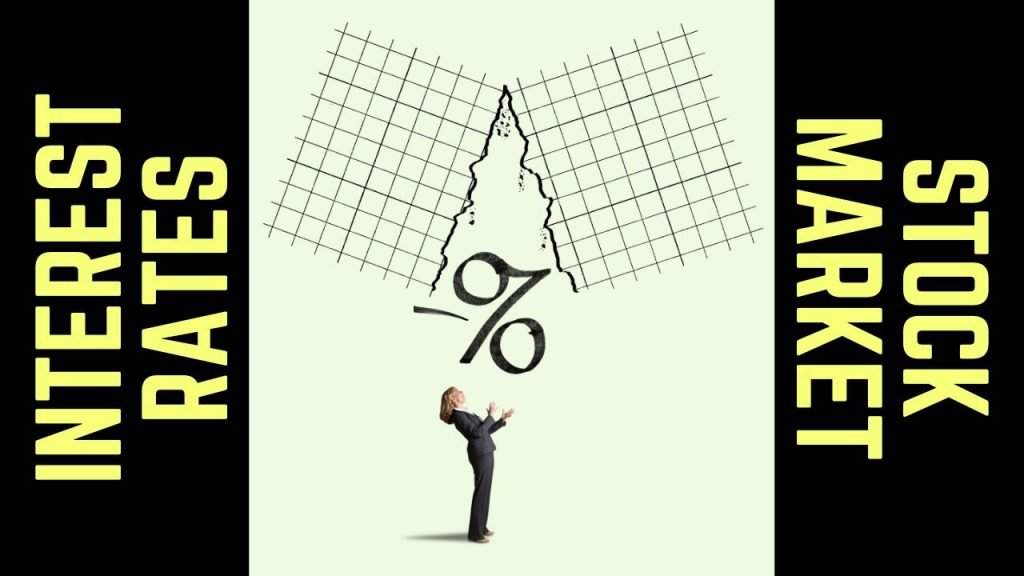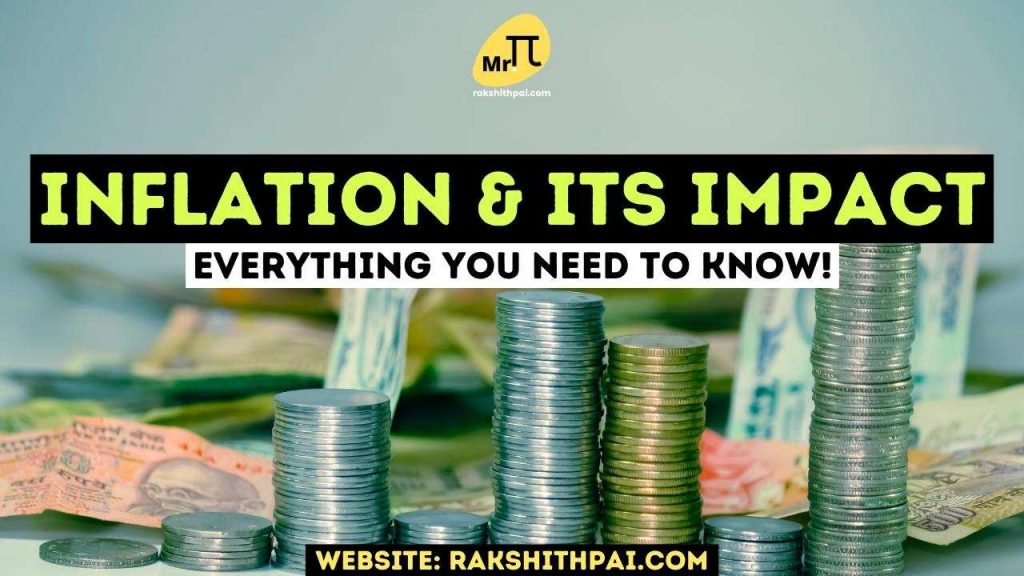Table of Contents
Introduction:
The Reserve Bank of India (RBI) is India’s central bank, also known as the banker’s bank. The RBI is in charge of the Indian government’s monetary and other banking policies. On April 1, 1935, the Reserve Bank of India (RBI) was established pursuant to the Reserve Bank of India Act, 1934. Since 1937, the Reserve Bank has been permanently headquartered in Mumbai.
The Reserve Bank of India is wholly owned and operated by the Indian government. The Reserve Bank of India’s Preamble defines the Reserve Bank’s fundamental functions as follows:
- Regulation of Banknote Issue.
- Securing India’s monetary stability.
- Modernizing the framework for monetary policy in response to economic challenges.
What constitutes the RBI board?
The Reserve Bank’s operations are governed by a central board of directors. The RBI is primarily governed and wholly operated by a 21 member central board of directors appointed by the Government of India pursuant to the Reserve Bank of India Act.
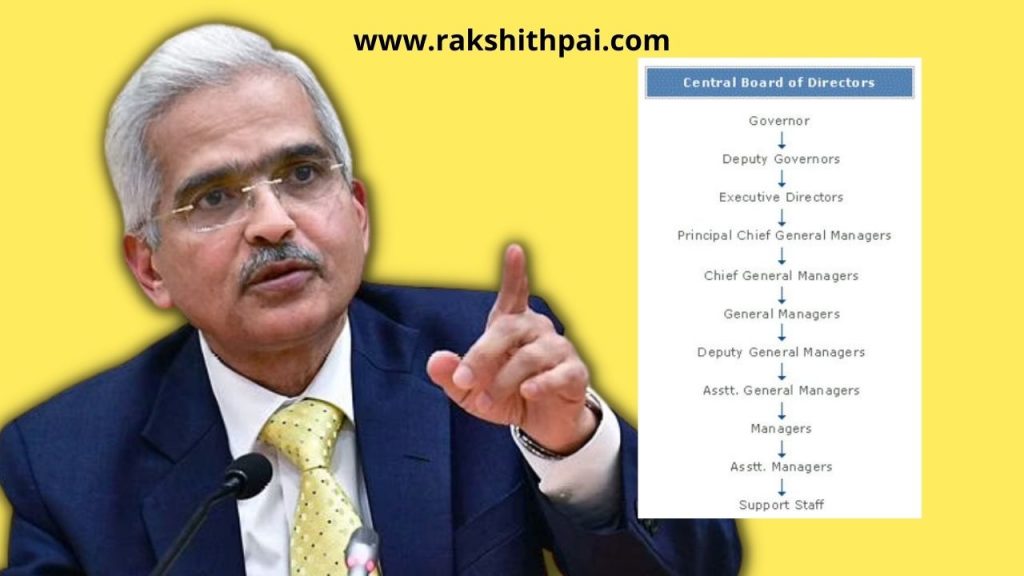
The Central board of directors is composed of the following individuals:
1. Official Directors – The governor is appointed/nominated for a four-year term, and four Deputy Governors are appointed.
2. Non-Executive Directors – Ten non-executive directors from diverse backgrounds and two government officials.
Role of RBI in the Indian Economy:
RBI’s primary objective is to supervise the financial sector as a whole, which includes commercial banks, financial institutions, and non-bank finance companies. Other roles are as follows;
Issue of Currency:
Under section 22 of the RBI Act, the bank has the only right to issue currency notes of all denominations except one rupee coin and notes.
The Central Government issues one-rupee notes, coins, and tiny coins, which are distributed by the RBI on behalf of the government. The RBI has a distinct note-issuing department.
In India, the Reserve Bank has sole power over currency note printing. Except for the one rupee note, it is the sole issuer of currency notes in various denominations (which is issued by the Ministry of Finance).
Banker to the Government:
The RBI acts as the banker’s agent and counselor to the government. It is required to undertake banking transactions on behalf of the Central and State governments.
For example, the RBI receives and makes all government payments on its behalf, remits its finances, purchases and sells foreign currency on its behalf, and advises the government on all banking concerns.
The Reserve Bank of India assists governments at all levels–federal and state–with new loan issuance and debt management. It provides short-term finance by selling treasury bills on behalf of the federal government.
The Reserve Bank’s second key role is to act as a lender, agent, and advisor to the Indian government and its states. It is responsible for the State and Central Government’s financial functions and also gives important recommendations on economic and monetary policy problems to the government. Additionally, it is responsible for the management of the government’s public debt.
Banker’s Bank:
The RBI operates as a lender of last resort for other financial institutions. It assists scheduled banks and state cooperative banks with financial support in the form of discounted bills and loans, as well as advances against authorized securities.
India’s Reserve Bank acts as a lender of last resort. It gives funds to the bank when other sources of funding are unavailable. Furthermore, it functions as a clearinghouse. The RBI facilitates interbank transactions between banks.
The Reserve Bank performs the same functions for its customers that other commercial banks do. The RBI loans money to all commercial banks in the country.
Credit Controller:
The RBI is responsible for regulating the volume of credit created by banks. Through a number of quantitative and qualitative indicators, the RBI oversees an economy’s money supply and bank credit. During recessions and slowdowns, the RBI injects money into the economy; during inflationary periods, it withdraws money.
The RBI is in charge of regulating commercial bank’s credit creation. The RBI uses two distinct ways to control the economy’s excessive money supply. These are quantitative and qualitative strategies for monitoring and regulating the credit flow of a country.
When the RBI considers that the economy does not have an adequate money supply and that this may result in inflation, it tightens monetary policy and vice versa.
Foreign Reserves Custodian:
The RBI is in charge of reducing currency market volatility and guaranteeing a competitive and stable exchange rate. The RBI is tasked with the responsibility of safeguarding a country’s foreign exchange reserves. It is necessary to keep the Rupee’s external value realistic.
The RBI achieves this objective by implementing prudent monetary and exchange rate policies. The Reserve Bank purchases and sells foreign currency and also safeguards the country’s foreign exchange reserves in order to maintain stable foreign exchange rates.
When the economy’s foreign currency supply falls below a certain level, the RBI sells it on the foreign exchange market, and vice versa. India now holds roughly $570 – $590 billion in foreign exchange reserves.
Collection and Publication of Data:
The RBI collects and compiles statistical/data information on banking and financial operations, prices, foreign direct investments, foreign portfolio investments, the balance of payments, the exchange rate, and numerous industries. The Reserve Bank of India issues a monthly Bulletin/publication for this purpose.
Not only does it convey information, but it also spotlights noteworthy RBI research and investigations.
Regulator and Supervisor of Commercial Banks:
In India, the RBI exercises extensive supervisory and regulatory power over commercial and cooperative banks. The RBI issues licenses regulate branch expansion, manage liquidity and assets, supervises commercial banks’ management and operations, and supervises their merger, reconstruction, and liquidation.
Other Functions:
The Reserve Bank is also charged with a variety of other developmental responsibilities.
These activities include clearing agricultural credit (which has been transferred to NABARD), collecting and publishing economic data, buying and selling government securities (gilt edge, treasury bills, etc.) and trade bills, lending to the government, and purchasing and selling valuable commodities. Additionally, it reflects India’s membership in the International Monetary Fund (I.M.F.).
Evolution of Central Banks:
Since the 17th century, when the Swedish Riksbank was founded in 1668, the role and operations of monetary authorities have evolved drastically.
Several of the first central banks were established largely to assist governments with funding and debt management during times of war. Since that time, their role has evolved in lockstep with the evolution of economic systems.
In the case of India, the Hilton Young Commission (1926) recommended the establishment of a Reserve Bank of India dedicated exclusively to central banking functions.
Evolving role of the Central Bank in India:
The RBI’s primary objective is to maintain and control monetary policy. Which is normally performed by open market operations, in which central banks modify the economy’s money supply. For example, a central bank may reduce the money supply by selling government bonds pursuant to a “sale and repurchase” deal, allowing them to utilize the proceeds to transfer money to commercial banks.
The purpose of open market operations is to impact short-term interest rates, which in turn affect longer-term interest rates and economic activity. Many developing countries, particularly those with lower-middle-class economies, lack the effectiveness of the monetary transmission mechanism found in high-income countries. Prior to shifting from a monetary to an inflation-based approach, countries should establish a framework that enables the central bank to manage short-term interest rates (paper).
Regulatory Response to the Crisis:
The 2008 “Global Financial Crisis” uncovered some substantial systemic weaknesses from a supervisory and regulatory perspective. The Basel Committee on Banking Supervision (BCBS) summarised these shortcomings clearly as follows:
1. Excessive on-and off-balance sheet leverage, accompanied by a steady degradation of the capital base’s level and quality; insufficient liquidity buffers;
2. A pro-cyclical deleveraging process; and
3. Systemic institutions interconnect via a range of complex transactions.
Interplay between Inflation and Growth Objectives:
Another significant responsibility of a central bank is to supervise the issuance of banknotes and the management of reserves with the goal of guaranteeing monetary stability in India and, more broadly, to operate the country’s currency and credit system to the country’s advantage.
Historically, this mandate has been seen as a commitment to price stability, financial stability, and economic growth, with the relative importance of these aims dictated by macroeconomic conditions at the time.
Regulator and supervisor of the payment and settlement systems:
Payment and settlement systems are crucial for the overall improvement of economic efficiency. The Reserve Bank is responsible for regulating and supervising the payment and settlement processes in the country. The RBI’s primary focus in this position is on the development and operation of safe, secure, and efficient payment and settlement procedures.
Banker and debt manager to government:
Just as individuals rely on banks to execute financial transactions effectively and efficiently, governments rely on banks to conduct financial transactions effectively and efficiently as well. The RBI performs this function for the Government of India (GoI).
The RBI serves as the banker to the Government of India, managing its accounts, receiving payments into them, and making withdrawals from them. Additionally, the RBI aids the Government of India in raising public funds through the issuing of bonds and other government-approved instruments.
Detection of fake currency:
To combat India’s counterfeit money problem, the RBI has developed a website to educate the public about counterfeit banknotes on the market. To address this issue, the RBI released a press statement announcing that on 31 March 2014, it will phase out all banknotes issued prior to 2005.
Additionally, the reserve bank confirmed that notes issued prior to 2005 will remain legal money. This would require banks to exchange notes for both customers and non-customers. The reserve bank’s action is intended to expose hidden black money stashed in cash. Because the new currency notes incorporate enhanced security features, they will aid in combating the threat of counterfeit currency.
“Demonetisation” – On 8 November 2016, the Indian government announced the demonetization of all 500 and 1,000 rupee Mahatma Gandhi Series banknotes. Additionally, it announced the printing of new 500 and 2,000 yen banknotes to replace the demonetized notes. An aggressive move by the Indian government to take the issues related to “Fake Currency”.
Conclusion:
A central bank is crucial for maintaining a country’s financial and economic stability. They conduct monetary policy with the objective of achieving low and steady inflation. Central banks have adopted a variety of new policy tools in the aftermath of the global financial crisis to address threats to financial stability and manage exchange rate volatility.
Central banks employed the following instruments to aid in the evolution of COVID-19 and the money supply in key financial markets: In response to the COVID-19 epidemic, a number of conventional and unconventional monetary policy measures were used, and it was crucial to maintain liquidity in critical financial markets while preventing credit from being completely unavailable.
In recent years, central banks have taken on other responsibilities in addition to their basic task of regulating the monetary and financial systems, including ensuring price stability (low and stable inflation) and assisting in the management of the economy’s fluctuations. The majority of the policies that central banks employ have seen significant evolution during the previous few decades.
Numerous low-income nations are likewise transitioning away from a monetary aggregate that monitors the total amount of money in circulation toward an inflation-targeting framework. Recent occurrences have heightened concerns about policy space being eroded in an environment of low equilibrium interest rates and diminishing inflation expectations. These institutions have launched an examination of their monetary policy frameworks in order to make necessary adjustments.
Thus, it is clear that the central bank’s function has never been more critical than it is now. During the Covid period. The RBI injected additional money into the economy by lowering interest rates and expanding the money supply. As a result, the “Animal spirit” is implicitly promoted among Indian consumers.
Additionally, the central bank is charged with the responsibility of issuing and regulating currency notes. It holds reserve assets with the goal of preserving monetary stability and is referred to as a banker by banks. This law requires that banks and other financial institutions be monitored and controlled. The RBI is critical to the country’s economic progress and is responsible for maintaining price stability. As a result, it plays a critical role in a country’s economic stability.
Disclaimer: All the information on this website is published in good faith and for general information purposes only.

